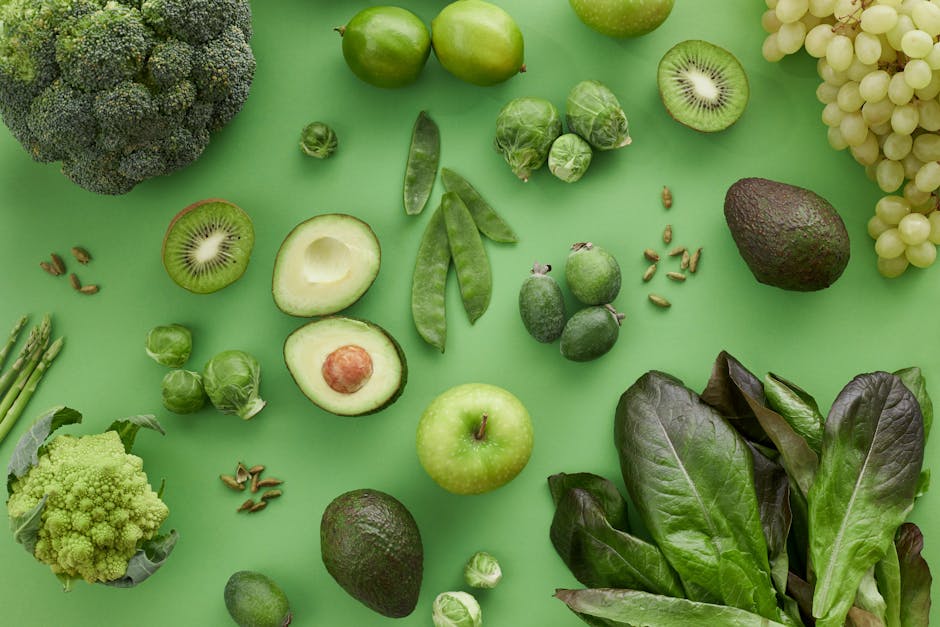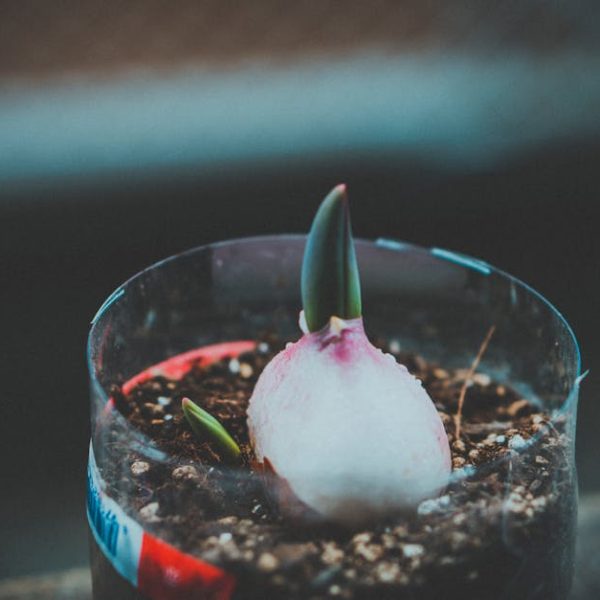When it comes to enjoying the full flavor and nutritional benefits of asparagus, freshness is crucial. Asparagus is a seasonal vegetable, usually harvested in the spring. During this period, you can find fresh, tender asparagus stalks teeming with nutrients such as fiber, folate, and vitamins A, C, E and K.
The key to preserving the quality of asparagus is understanding what fresh asparagus looks like and why its freshness matters. Fresh spears are bright green with firm, straight stems. The tips, often purple or dark green, should be tightly closed and compact.
The benefits of consuming fresh asparagus are plenty. It not only tastes better but also offers a higher nutritional value as compared to asparagus that has started to wilt. It is important to consume asparagus as close to the harvest date to enjoy the maximum nutrient content. A good tip to test the freshness of asparagus is by giving it a sniff – fresh asparagus will have a sweet, grassy aroma.
Proper Selection and Immediate Care of Asparagus
Getting fresh asparagus begins at the market. Opt for bundles with spears of similar thickness, as they will cook more evenly. Once you’ve picked your bunch, immediate care is required to maintain this freshness.
Upon arriving home, don’t linger. Asparagus prefers cool temperatures, so ideally, it should be refrigerated as soon as possible. It’s important not to wash asparagus before storing it; moisture can encourage spoilage. So hold off on the rinse until you’re ready to use it.
To improve the lifespan of asparagus, trim about 1 inch off the bottom of the stalks and then stand them upright in a glass or jar filled with about an inch of water. This method ensures that the asparagus stays hydrated, much like cut flowers in a vase, preserving its freshness for longer periods.
Smart Short-Term Asparagus Storage Techniques
Storing asparagus for short-term use involves keeping it fresh for a few days. This is where your refrigerator comes into play. As previously mentioned, the tips of asparagus can be placed in water for hydration and then stored in the refrigerator, preferably in the high humidity drawer.
You could also wrap the ends of the asparagus in a wet paper towel, cover it loosely in a plastic bag, and then store it in the fridge. Remember to change the paper towel if it dries out.
Comparing the two methods, placing the asparagus in a glass of water ensures it stays crisp and fresh longer due to constant hydration. However, it takes up more space. On the other hand, while wrapping the ends with a wet paper towel and storing it in a bag might save space, it requires checking and potentially replacing the paper towel daily. So, choose the method that suits your needs and preference best.
Long-term Asparagus Storage Methods
For a longer lifespan, asparagus can be either frozen or canned. However, these methods might alter the texture and flavor slightly. Any long-term storage method should begin with washing and trimming the asparagus.
To freeze asparagus, blanch the spears first by boiling them for 2-5 minutes and then cool them quickly in iced water to stop the cooking process. Dry them thoroughly before placing them in a freezer-safe bag.
Canning asparagus requires more work and equipment but can preserve asparagus for years. There are many online guides available if you want to try this method.
Here is a handy checklist for long-term asparagus preservation:
- Clean and trim the asparagus and dry thoroughly to avoid ice crystal formation (if freezing).
- Blanch before freezing but not before canning.
- Use only high-quality, freezer-safe bags if freezing.
- If canning, follow a safe and tested recipe from a reliable resource.
Reviving Wilted Asparagus
If your asparagus has wilted a little, don’t throw it away yet! It can often be revived by trimming the ends and placing the stalks in a jug of water, like cut flowers. Alternatively, you can wrap the asparagus in damp kitchen paper and place it in the vegetable drawer of the refrigerator for a few hours.
The method of revival heavily depends on the severity of wilting. Usually, soaking the spears in cold water can revive minorly wilted asparagus. But if the wilting is severe, the damp paper towel method is more effective.
While these methods can bring back some of the crispy textures, remember to check the asparagus for any signs of mold or pungent smell, which are indications that the vegetable is too far gone to be used.
Reducing Asparagus Waste
Aside from reviving wilted spearheads, you can reduce asparagus waste by using it in innovative ways beyond its peak freshness. Asparagus stalks can be cooked into soups or stocks, which don’t require the crisp texture of fresh stalks. Also, you can use the fibrous ends of asparagus (which are usually discarded) as an aromatic base for soups and stews.
Before consuming older asparagus, ensure that it has not developed any characteristic odors of decay or discoloration. While it is usually safe, it is crucial to prioritize your health and not consume any food product if in doubt about its freshness.
Through these methods, you can ensure you’re making the best use of your asparagus and enjoying its benefits even long after it’s harvested. By properly storing, reviving, and reducing waste, you can receive a wealth of nutrition and flavor from this quintessential spring vegetable.
Key Takeaway:
- Maintaining the freshness of asparagus is paramount to enjoy its full nutritional benefits and flavor.
- Proper selection, immediate care after purchase, and precise storage methods can significantly improve the lifespan of asparagus.
- Short-term storage methods involve using the refrigerator effectively, whereas long-term storage may require freezing or canning.
- Wilted asparagus can often be revived, and somewhat stale asparagus can still be used in soups or stocks, thus reducing waste.
Asparagus is a wonderful vegetable full of nutrients and flavor, but only when handled and stored properly. By applying the smart tips shared, you can maximize the utility of your asparagus bunch, save money by reducing waste, and enjoy an enhanced taste profile. Remember, the journey of fresh asparagus from market to plate can be as delightful as the dish you create with it.
FAQs
Q: How long can asparagus be safely consumed after its peak freshness?
A: With appropriate storage methods, asparagus can usually be safely consumed for a few days to a week after its peak freshness. However, it should not be consumed if there are visible signs of spoilage like mold or a foul smell.
Q: Can I keep asparagus fresh without a refrigerator?
A: If a refrigerator is not available, you can try storing asparagus in a cool, dark place in a glass of water. However, this method is less effective at preserving freshness compared to refrigerator storage.
Q: Is it safe to consume the ends of asparagus spears?
A: It is safe to consume the ends of asparagus spears. While they may be tough and fibrous, they can be used as a flavor base for soups and stews.
Q: Does freezing asparagus preserve its nutritional content?
A: Yes, freezing asparagus preserves most of its nutritional content. However, there may be a slight decrease in certain vitamins such as vitamin C over time.
Q: What’s the best way to revive wilted asparagus?
A: Trimming the ends and immersing the stalks in a bowl of water can often revive wilted asparagus. Another option is to wrap them in a damp paper towel and place them in the refrigerator for a few hours.
If you found these storage tips and advice helpful, feel free to share this article with friends and family who might benefit as well. Keep exploring our website for more handy tips and advice about food preservation and much more!






